
Top 7 Scuba Diving Spots in Asia's Springtime Waters
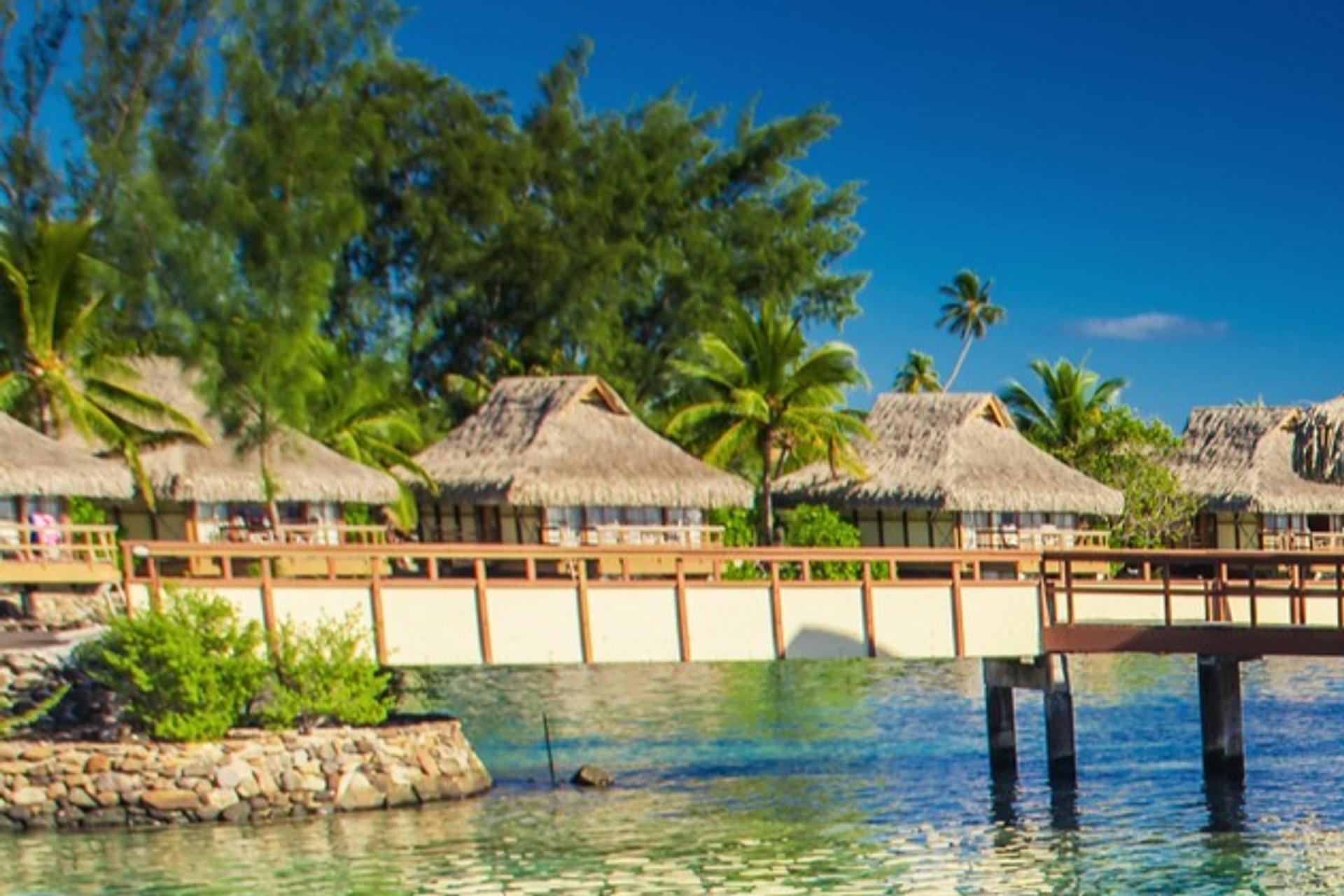
Top 7 Scuba Diving Spots in Asia's Springtime Waters
For more top scuba diving destinations this spring in Asia, explore Sunheron, your ideal trip planner. Delve into our detailed weather and regional data, activity filters, convenient booking options, and insightful blog content to plan your unforgettable scuba diving adventures.
Key Factors for Scuba Diving in Spring Across Asia
Asia's diverse climates and rich marine biodiversity make it an exceptional choice for spring diving adventures. Favorable weather patterns, including clear skies and mild water temperatures, are paramount in regions like Southeast Asia. The equatorial areas provide stable conditions, ensuring safe and enjoyable dives. Additionally, essential infrastructure such as accessible dive shops and experienced guides is prevalent throughout the popular destinations. Areas like the Maldives, Southeast Thailand, and the Philippines boast clear waters with visibility reaching up to 30 meters, ideal for observing intricate coral formations and abundant marine life. Similarly, well-preserved reefs and comprehensive marine reserves offer protection for unique underwater species, appealing to eco-conscious divers. Moreover, vibrant local cultures add enrichment, while modern tourist amenities ensure comfort after diving excursions. For those seeking the thrill of underwater adventure coupled with natural beauty, Asia's springtime scuba diving excursions promise unforgettable experiences.
Raa Atoll: Underwater Eden in the Maldives
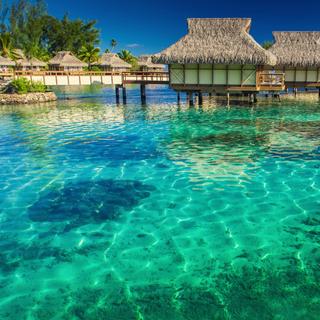
Raa Atoll, nestled in the northern part of the Maldives, is renowned for its pristine reefs and abundant marine life. Spring is the perfect time to visit due to the calm seas and excellent underwater visibility, often exceeding 25 meters. The warm water temperatures range between 28°C and 30°C, attracting numerous species including manta rays and whale sharks. Raa is also less crowded than central atolls, providing a more serene diving experience. During spring, the atoll hosts various marine life migration events, offering divers unique opportunities to witness rare aquatic interactions.
Raa Atoll's naturally protected lagoons are ideal for both novice and experienced divers. The atoll's wide array of diving sites includes vibrant coral gardens and thrilling drift dives alongside pelagic fishes. The diverse underwater topography features overhangs, pinnacles, and channels, which are homes for an exceptional variety of marine species. The region’s commitment to conservation has also protected several threatened species, ensuring divers can see stunning conglomerations of marine biodiversity. For those seeking personalized diving adventures, the local dive centers offer tailored experiences matched with knowledgeable guides.
Nord Malé Atoll: Diving in the Heart of the Maldives
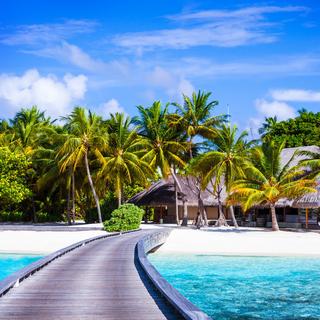
As one of the most accessible atolls in the Maldives, Nord Malé Atoll offers a wide array of diving opportunities with easy access from the capital. In spring, divers enjoy perfect weather conditions with reduced tidal currents and high water visibility. This atoll, famous for its range of dive sites, holds coral reefs teeming with brilliant marine life. The seasonal plankton-rich currents from March to May attract larger marine fauna, such as manta rays. With an array of local lodgings, divers are well-accommodated for extended stays.
Nord Malé Atoll is an excellent choice for divers seeking variety within a compact area, featuring over 30 dive sites, such as Banana Reef and HP Reef. The atoll's fringing reefs and drop-offs offer impressive visuals for underwater photography enthusiasts. Dive sites are characterized by dramatic rock formations, coral balconies, and graceful aquatic life. Collaborative conservation efforts in this region have significantly boosted reef health, appealing to environmentally conscious travelers. Moreover, dive centers here offer certifications and excursions suitable for all diver levels.
El Nido: Philippines' Pristine Diving Gem
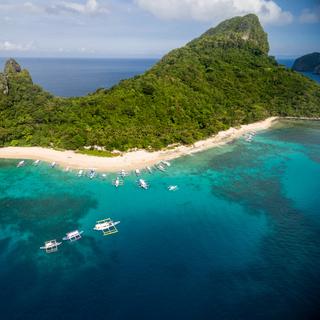
Situated in the Philippines, El Nido is famed for its limestone cliffs and azure waters, perfect for diving enthusiasts. Spring offers mild temperatures between 26°C and 30°C and lower rainfall, ensuring excellent underwater visibility. The area is part of a marine reserve, hosting a high biodiversity of over 800 fish species and 120 coral types. Protected areas benefit from strict conservation laws, preserving the natural beauty for divers. Its pristine beaches and inviting small-town charm make it a fulfilling post-dive getaway.
El Nido is hailed for its unique snorkeling spots and excellent reef diving. The shallow waters are ideal for beginners, while deeper challenges await more advanced divers. Turtle spots, cavernous dives, and deep sea walls provide immense varieties of marine life experiences. The local dive shops offer tours to well-known sites like South Miniloc and Dilumacad for sightings of barracuda, groupers, and divers' delight, the occasional dugong. With ancillary services like dive photography courses, the diving experience is extraordinary.
Moalboal: Dive into the Heart of Cebu's Waters
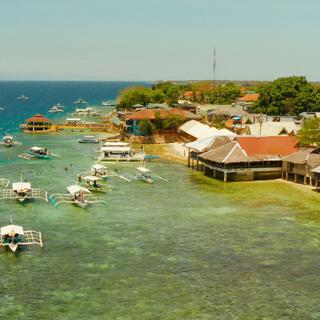
Moalboal, located on Cebu Island in the Philippines, has become a diver’s haven thanks to its vibrant sardine runs and diverse coral life. Springtime ensures clearer skies and calm seas, making it an ideal season to visit. The region’s waters stay around a warm 28°C, with visibility often exceeding 20 meters. Moalboal’s rich reefs support thriving marine life, with dive shops highly praised for their expertise and equipment standards. The local culture and cuisine add extra layers of delight for visiting divers.
Moalboal is world-renowned for its large sardine shoals and turtle encounters accessible right from the shore. Dropping off to a depth of over 60 meters, Pescador Island is acclaimed for its grandiose walls and vivid coral gardens. It attracts diverse marine life, from macro enthusiasts' delight nudibranchs to majestic pelagics. For certified divers, the local dive centers arrange challenging night dives, enhancing the adventure. Comprehensive safety measures and environmental preservation efforts reflect a commitment to sustainable diving tourism.
Boracay: A Diver's Paradise Amidst Philippine Shores
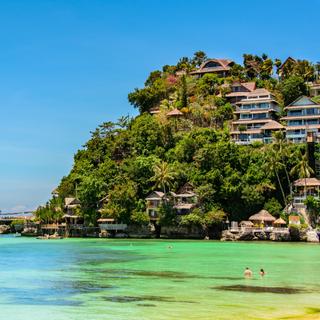
Boracay's reputation as a party island belies its status as a hidden gem for scuba divers. With the island embarking on environmental renovations, its waters offer both rejuvenation and exploration opportunities. In spring, Boracay experiences less rain, providing excellent conditions for marine exploration. The island boasts 15 formal dive sites, each accessible from White Beach. Besides diving, the island’s inviting atmosphere and vibrant local culture enhance the overall travel experience.
Boracay’s waters are home to an assortment of dive landscapes, from tranquil coral gardens to exhilarating drift dives. The well-maintained Crocodile Island and Yapak highlight the dive list, hosting a variety of rays, snappers, and potential shark sightings. Expeditions to Laurel Island offer fascinating macro life, appealing to enthusiasts with its rich biodiversity. Dive operators cater to bilingual clients and provide a range of instructional levels, ensuring accessibility and professionalism. The island's environmental efforts create healthier reefs and better dive experiences in the long run.
Phuket: Thailand's Dive Capital in the Andaman Sea
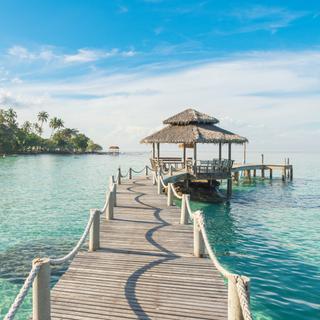
As one of Thailand's largest islands, Phuket is a renowned center for adventurous diving activities. Spring offers ideal conditions, with reduced monsoons leading to clear, predictable waters. The island's well-established tourism infrastructure supports activities beyond diving, including vibrant nightlife and cultural experiences. The underwater landscapes boast notable biodiversity with diverse diving opportunities ranging from shallow reefs to deep wrecks. Conveniently serviced by multiple transport links, Phuket remains accessible for all interested divers.
With over 100 dive sites accessible within a day trip, Phuket offers one of the richest diving environments in the region. The Similan Islands, a prime destination, are applauded for their granite boulder landscapes and rich currents nourishing polyp colonies. Koh Racha Yai features true beginner-friendly diving with teeming barracuda fields, while the King Cruiser wreck fascinates more advanced divers. Phuket's dive centers ensure comprehensive services, with specialized courses and tailored dive boats to enhance experiences.
Tioman Island: Malaysia's Aquatic Wonderland
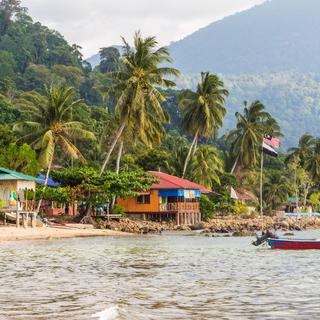
Tioman Island, situated off Malaysia's east coast, offers tranquil diving sites amidst a lush tropical backdrop. Spring coincides with the dry season, ensuring optimum diving conditions with calm seas and up to 30 meters of visibility. Tioman is part of the Marine Park, ensuring protection for a wide variety of marine life. The island’s vibrant coral gardens and historical significance as a trade port add layers of intrigue. Divers also enjoy exploring the island’s caves and wrecks, complemented by visitor-friendly local accommodations.
Tioman is ideal for divers who appreciate a mix of eco-preservation and adventure. Spotted rays, turtles, and countless vibrant fish await sight in its crystal-clear waters, and facilities offer certification courses for oceanside learning. The marine park’s intact ecosystems promote encounters with juvenile marine species, particularly fascinating during spring migrations. Dive shops, staffed with knowledgeable instructors, guide visitors through sites such as Chebeh Island’s pinnacle dives or the Salang Jetty snorkeling area. Sustainability remains a priority with conscious efforts in place to maintain ecological balance.
Explore Other Scuba Diving Havens in Asia
The Perhentian Islands in Malaysia boast pristine beaches and vibrant underwater ecosystems, an ideal destination for springtime diving. Koh Tao in Thailand is famously beginner-friendly, offering numerous dive schools and rich aquatic life just offshore. Ko Lanta and Ko Phi Phi, on Thailand's Andaman Coast, are renowned for thrilling wall dives and encounters with manta rays. Patong and Khao Lak provide accessible dive sites with comprehensive tourist amenities. In the Philippines, Panglao and Puerto Princesa showcase exceptional biodiversity and range of species. Cebu's open-water opportunities further augment the Philippines’ diving offerings. Sihanoukville in Cambodia caters to those seeking less-trodden waters with supportive local infrastructures. Finally, Gili Air in Indonesia presents a laid-back dive environment amidst serene coral gardens.
Palawan-Coron: Scuba Diving in the Enchanting Philippines
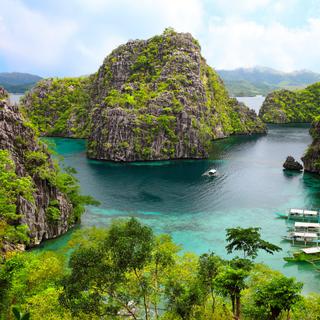
Palawan-Coron, part of the Philippine archipelago, is often celebrated for its striking limestone formations and stunning water visibility. In spring, the region enjoys calm seas and subdued typhoon activity. Diving sites like Barracuda Lake and Cathedral Cave represent its rich marine flora and fauna. The UNESCO Biosphere Reserve status ensures environmental protection, attracting nature-conscious divers. Beyond diving, visitors can explore historical shipwrecks amidst lush scenic beauty.
Palawan-Coron offers a unique mix of wreck and reef diving experiences. The historic wrecks from World War II provide intriguing exploration sites rich in coral life, while reef dives showcase the vibrant ecosystems bursting with colorful fishes and macro creatures. High investments in marine conservation make Palawan-Coron a sustainable diving destination with diversified marine landscapes. Diver centers in the region cater to diverse expertise levels, ensuring each dive is safe and enriching. Given these sites' historical significance and natural wonder, it remains a firm favorite for divers worldwide.
South Malaysia: Scuba Exploration Awaits in Tropical Warmth
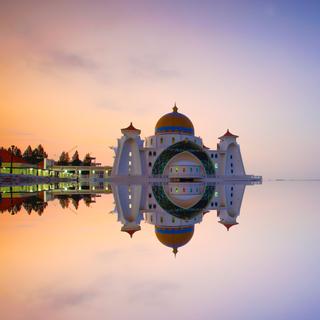
South Malaysia offers a mix of tropical biodiversity and vibrant cultures. The region's ideal diving season falls during spring when the waters' visibility is highest, and temperatures are comfortably warm. Dive sites here range from shallow coral gardens to deeper marine parks like Johor. The variety in marine life, combined with the peculiar monsoon shifts, provides a blend of adventure and relaxation. Key cultural cities complement the marine retreats, offering rich historical experiences combined with modern traveler comforts.
Known for its warm, clear waters, South Malaysia is a paradise for enthusiastic divers. Its marine parks, such as Pulau Tengah and Sibu Island, preserve countless coral and fish species. Data-backed conservation projects protect its marine wealth, ensuring rich habitats for potential explorers. Dive shops frequent these locales, providing equipment and personalized experiences for a variety of divers, from novices to seasoned professionals. You’re guaranteed a rewarding experience tailored to your desires, amidst sustainably managed tourism initiatives.
South Thailand: Scuba Diving Thrills in Asia
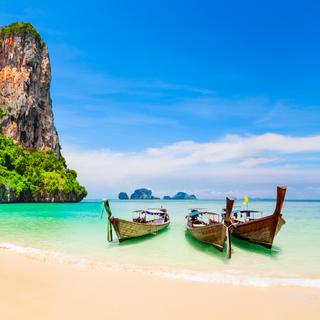
South Thailand attracts divers with its impressive underwater formations and extensive coral reefs. In spring, the access to clear waters and reduced crowds marks a prime season for exploration. Renowned islands like Koh Phi Phi and Ko Lanta offer enticing dive sites accessible within minutes from the shore. The Andaman coast combines both natural beauty and environmental commitment to present diverse marine habitats. The harmonious mix of tourism and cultural depth invites divers to explore beyond aquatic activities.
South Thailand’s variety of dive sites, from shallow coastal reefs to deep drop-offs, cater to all expertise levels. The strong currents benefit vigorous marine life, attracting larger pelagics and nurturing vibrant reefs. Skilled dive operators maintain excellent safety records, catering to overwater and underwater tourists alike. Conservation efforts ensure that the diverse marine environments remain protected, making it a top choice for conscious divers. Additionally, regions like Phuket and Krabi enrich visitors with local culinary and holistic experiences.
Opinions

